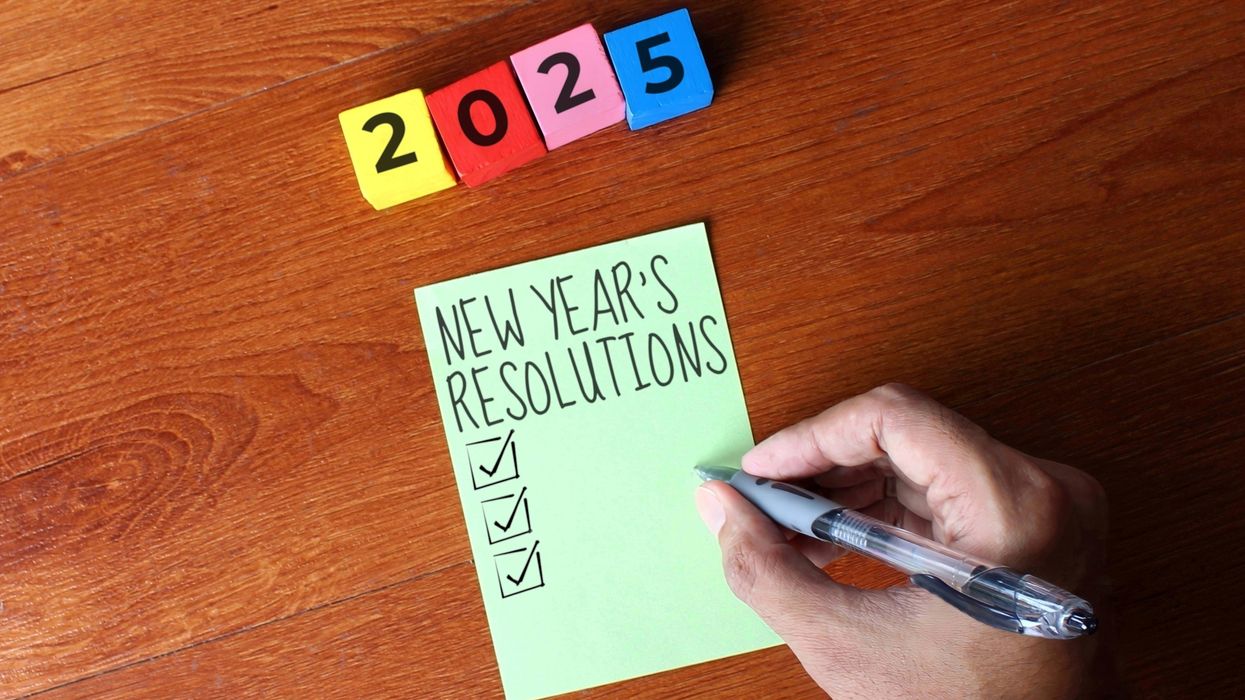SEL Tip: New Years SEL Resolutions

As we head into the new year, it’s the perfect time to help students set resolutions that focus on their social-emotional learning (SEL) goals. New Year’s resolutions aren’t just for adults – students can make resolutions too! Setting goals helps children develop resilience, improve their ability to work together, and learn how to manage their emotions. Here’s how to weave SEL goal-setting into your classroom, along with a read-aloud book that ties the process together in a meaningful way.
Facilitate a Read Aloud: The Most Magnificent Thing
One of the best ways to introduce goal-setting is through storytelling. The Most Magnificent Thing by Ashley Spires is an excellent book for this. The story follows a young girl who wants to create something magnificent but faces challenges along the way. She learns the importance of persistence, creativity, and adjusting her approach when things don’t go as planned.
How to Use It:
- Read-Aloud Setup: Read the book aloud to the class, pausing at key moments where the character faces challenges. Ask questions like: “How would you feel if this happened to you? What could she do next?” This engages students in thinking about how to approach goals and obstacles.
- Discussion: After the story, talk about the girl’s resolution and how she handled frustration. Ask students: “What was her goal? How did she keep going when things got tough?” Tie this into how they can approach their own goals for the new year.
- Connection to SEL Goals: Help students reflect on their own goals, such as staying calm when upset, working better with others, or persevering through challenges. Discuss how persistence and adjusting their approach can lead to success, just like the character in the book.
Set Personalized SEL Goals
After the read-aloud, invite students to set their own SEL goals for the new year. These could include:
- Emotional regulation: Setting goals to take deep breaths or use other calming strategies when upset.
- Collaboration: Aiming to work better with classmates and listen during group activities.
- Perseverance: Committing to try again when something doesn’t go as planned.
Encourage students to break their goals into small, achievable steps and to keep track of their progress.
Track Progress with Reflection
To keep students engaged and accountable, hold regular check-ins. These can be informal discussions or written reflections where students share how they are doing with their goals. You might ask:
- “What’s one thing you’ve done this week to work on your goal?”
- “What’s one thing you want to try next time if you face a challenge?”
This encourages students to take ownership of their growth and helps them stay focused on their progress throughout the year.
Promoting Accountability and Growth
Goal-setting is more than just a New Year’s activity. It’s a way to help students see their personal growth and keep them motivated to continue learning and developing important SEL skills. By incorporating regular reflections, read-alouds, and peer support, you create a classroom environment where students feel empowered to set and achieve their goals.
In Conclusion
Using The Most Magnificent Thing as part of your New Year’s resolution process helps bring SEL goal-setting to life for your students in a creative and accessible way. By guiding them through the process of setting, revising, and tracking goals, you encourage them to embrace challenges, persevere, and regulate their emotions. This year, help your students build the skills they need to face obstacles with confidence and creativity!
If you found this content helpful, you might enjoy this Imagineerz blog post and check out Strategies for Supporting Student Goal-Setting!


